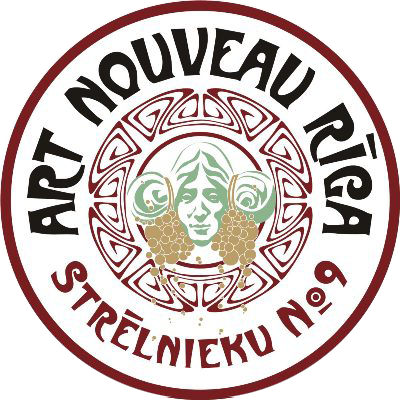Riga 1901



Riga 700th Jubilee in 1901 coincided with the fast movement of the Art Nouveau style across Europe. The central event of the celebrations was the Jubilee Exhibition of Industry and Crafts, which gave a strong impulse for further expansion of Art Nouveau aesthetics in the streets, buildings and lifestyle in Riga.
During the Art Nouveau era, industry exhibitions became a real European trend. In 1899 it came as no surprise that the Riga Crafts Society opted for such an exhibition to mark the Jubilee. The Esplanade Square, a sand and dust covered area, was chosen as the most appropriate site for the event. Architect and director of the Riga School for Crafts, Max Scherwinsky, won the competition for the venue’s architectural project.
The Esplanade Square underwent unbelievable changes. In a short time, the Riga Orthodox Cathedral, built in 1884, was surrounded by some 40 new halls, pavilions and decorative greenery. The new buildings took inspiration from the curves and nature references of Art Nouveau, as well as the grandeur of the outgoing Neoclassicism. Some opted for extravagant visual statements.
The Jubilee Exhibition lasted for 3 months from 01 June till 01 September 1901. Over 775 participants took part in the Jubilee Exhibition and it was an excellent opportunity to promote their businesses, attract new clients and see achievements of others. At the exhibition, one could see cigars, handmade lace, furnaces, steam engines, perfumes, furniture, luxury stationary and even the first Russian car.
In parallel, the celebrations also offered a broad program of entertainment and culture. Birds' Meadows located in the Strēlnieku Garden was reachable from the Esplanade Square via a wooden pedestrian bridge. The Meadows attracted large crowds ready to enjoy marry-go-rounds, dance performances, circus acts and even the first moving images show in Riga. Mock “Venice” and “Old Riga” were specially built for the Jubilee on the banks of the Riga Canal and were very attractive and crafty replicas of real buildings. Young people flocked to the after-hour parties inside these imitation brick walls and consumed plenty of wine.
Marches and waltzes, composed for the Riga 700 Jubilee, created a particularly festive atmosphere and triggered warm and patriotic feelings toward the city. Celebrations were attended by some 800 000 Rigans and visitors, which was a truly impressive number at the time. The impact from the three month-long events of 1901 was long-lasting and far-reaching in terms of introducing new aesthetics, fashion, business models and perceptions. Today we can still enjoy the Jubilee’s legacy when we admire Riga’s early 20th century buildings.

